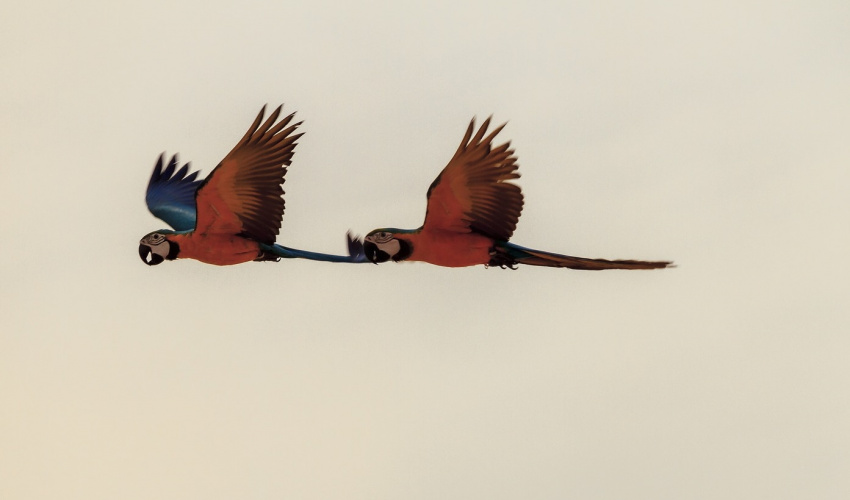Opinions expressed in posts featured on the Crossroads blog and in related comments are those of the authors and do not necessarily reflect opinions of IUCN or a consensus of its Member organisations.
The IUCN World Conservation Congress in Marseille, September 2021, was the scene of a historic moment in the shaping of global politics. Indigenous peoples of over 500 nationalities had a voice and a vote, and presented a viable solution based on science and ancient knowledge to avert the tipping point in Amazonia and respond to the planetary crisis. This is the main objective of the initiative Amazonia for life: protect 80% by 2025.
Motion 129 (now WCC 2020 Resolution 129) to avoid the point of no return in the Amazon protecting 80% by 2025 is a ground-breaking and bold proposal to protect the largest tropical forest on Earth, and can be a model for other large ecosystems nearing similar tipping points. The tipping point refers to a threshold between 20-25% of deforestation and high degradation, leading to the possibility of a dieback of the entire ecosystem due to deforestation only in parts of the rainforest.
In 2020, 2.3 million hectares of primary forest were lost in the nine countries of the Amazon Basin. In a few years the Amazon as we know it today may no longer exist.
Our data indicates that we have entered this process as deforestation and severe degradation have reached 22% of the region. Most of the deforestation (87.5%) takes place outside protected areas and indigenous territories. Protection actions in this region are therefore urgent given that we are already in the midst of the tipping point crisis. In a few years the Amazon as we know it today may no longer exist, and we simply don’t have time for inaction or continued forest loss and fragmentation.
Since 2000, global temperatures have been the hottest in more than 2,000 years. Not even the pandemic and resulting global quarantine measures could revert the warming trend. In fact, in some places, it accelerated it. In 2020, 2.3 million hectares of primary forest were lost in the nine countries of the Amazon Basin, which translates into a 17% increase compared to 2019.
Where deforestation and degradation happen, there is a hidden story of violence against those who live in these territories. Between 2015 and the first half of 2019, 232 leaders of indigenous communities were assassinated in the region due to disputes over land and natural resources. In 2020, this trend continued. The three most targeted sectors of human rights defence in the Americas were: land, environmental, and indigenous peoples’ rights (40%). This reality reveals the obsolescence of the current global governance model.
Climate resilience cannot be achieved without including stakeholders in the decision-making process. A just transition requires the free, prior and informed consent of indigenous peoples.
Motion 129 calls for the immediate implementation of the IUCN Durban Accord (2003) which captured a ‘new paradigm’ that emphasised the respect of the rights of indigenous peoples and local communities and their role in protected area governance. Climate resilience cannot be achieved without including stakeholders in the decision-making process; indigenous peoples cannot be just observers and defenders. A just transition requires that governments and the international community as a whole ensure the free, prior and informed consent of indigenous peoples.






Add new comment